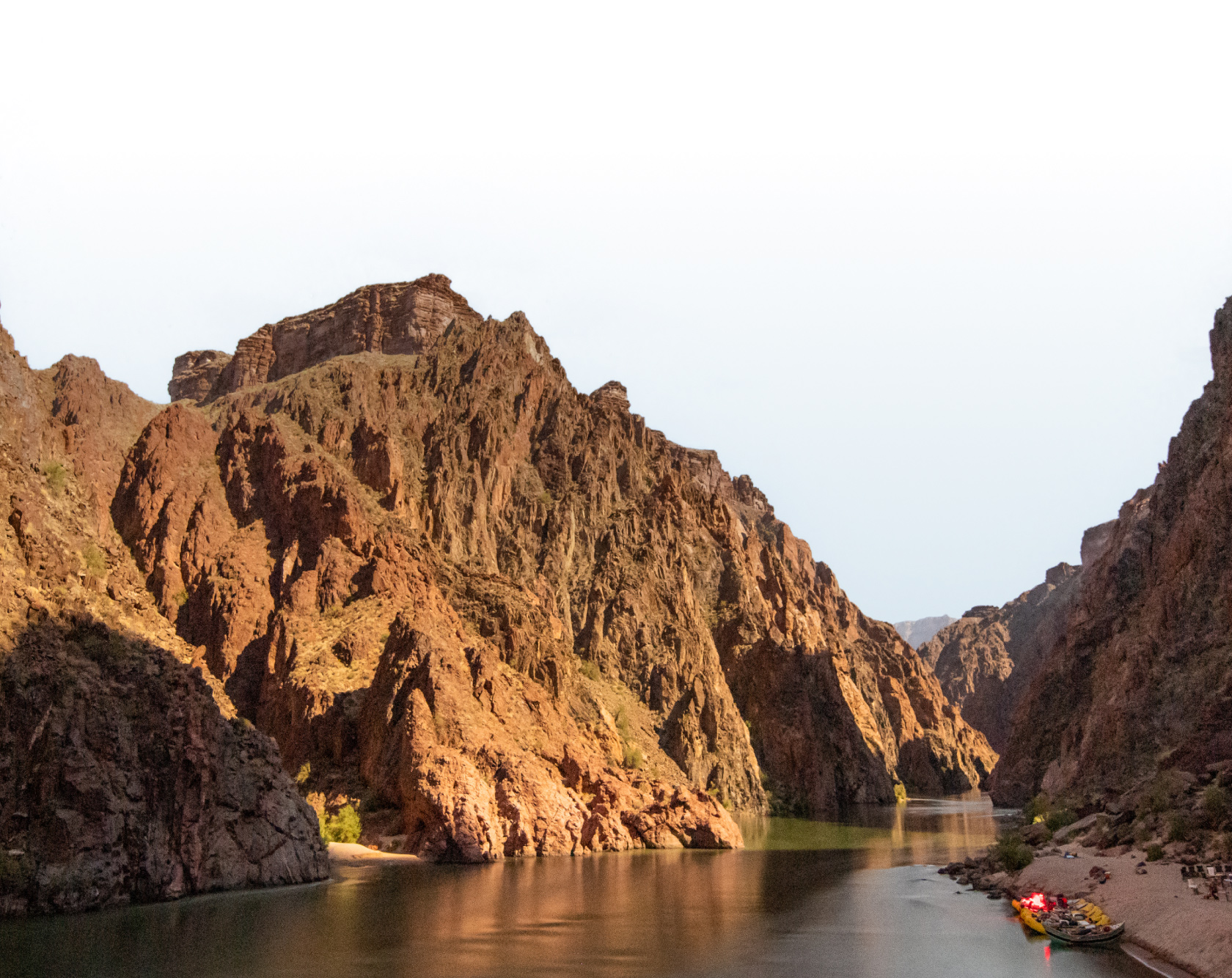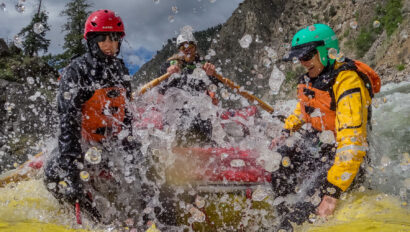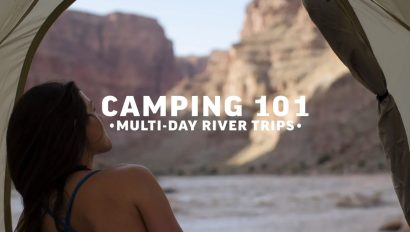Know Before You Go: River Terminology 101


Wondering what the heck your river guide is doing when they wave their hands in the air like a lasso? Or how about when they say, “Watch out for that hole!” Here’s a quick guide to some of the most common river signals and terms that guides use to communicate with each other (and you!) while floating downstream.
RIVER SIGNALS
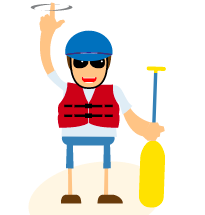
Eddy Out – This hand gesture is used when guides need to “pull over” on the river. They’ll raise and circle their hand in the air and then point to either side of the river, signaling with what appears to be an “air lasso” which side to pull over on. If you don’t know this one you might miss lunch, or even worse, camp!
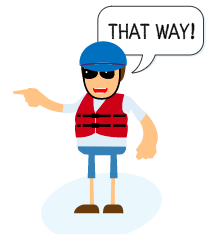
Pointing (Positive) – If you happen to find yourself in the water, guides will always point in the direction they want you to swim. They’ll also point positive to show people paddling the duckies the proper line in a rapid. You’ll never have a guide frantically pointing to a major strainer, yelling “Don’t swim over there!” That would be pointing negative, and is a river no-no.
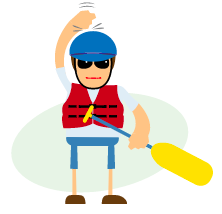
Are you OK? Yes, I’m OK – This hand signal is both a question and a response. A guide will raise their hand to the top of their head and lightly tap it. This can often be seen directed at a swimmer in the water. If the person is fine, they should reply with the same signal and tap their head.
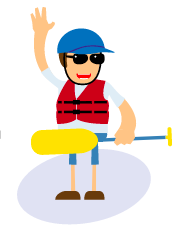
Ready? – This is to make sure all boats are ready for a big rapid. The trip leader will raise one arm in the air, looking at the boats behind him. If the other guides are ready, they will also raise their arm in the air until everyone has given the signal. Once everyone has given the signal, it’s go time.
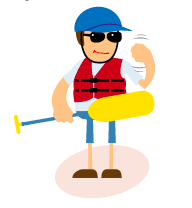
Let’s Get a Move On – This signal imitates a train conductor pulling on the whistle. When a guide sees this signal, the message is clear, it’s time to put some oomph in those rowing strokes and get downstream faster.
RIVER TERMS
CFS – Short for cubic feet per second, CFS refers to the amount of water flowing past a certain point each second, or in layman’s terms, how fast the river is moving. Guides watch these numbers closely, especially in the early season, to help analyze river conditions before each trip.
Eddy – Often found on the side of the river or just past a large boulder, an eddy is a pocket of water where the river current is flowing opposite of the main current (usually upstream). Guides will use them to let other boats catch up, to pull over for a scout, or anytime they need to get out of the main current.
Hole – A hole is a hydraulic feature that’s created when water flows over a rock or shelf in the river and recirculates back within itself, creating a nasty place for rafts to get stuck, or worse, flip.
Line – The line is essentially the best route through a rapid, wave, hole or any other river feature. If you miss the line, you could be in trouble.
Wave Train – A wave train is when there are three or more consecutive waves in a rapid. Hit one of these features and you’ll feel like you’re riding a rollercoaster.
Sign up for Our Newsletter
